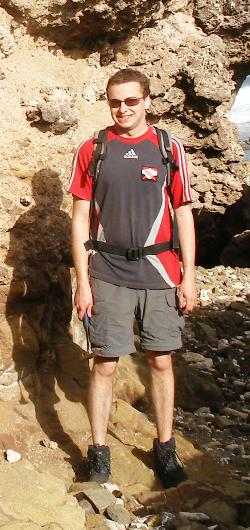Geoscientist 19.11 November 2009

The “Origin of the Caribbean Plate” meeting at Sigüenza in 2006 should have been the final resting place of the “in situ” model of the Caribbean. The POP is over two decades old. It is a well established, tested model with more arguments in favour than space allows. I have outlined just five general pro-POP arguments in the box, and will respond in summary to James and Lorente’s article by challenging first their reading of the POP, and second their “in situ” interpretation of existing data.
Understanding the POP
In their provocative piece
POP goes the paradigm? (
Geoscientist 19.9 pp 12-14: see their Figure 2) James and Lorente argue that the "Great Arc" of the Caribbean bends and lengthens "impossibly" in Pacific Origin models. We know that the arc has a long and complex history passing through oblique extension, collision, obduction, rotation, even polarity reversal. At a glance, what James and Lorente mark as "the Arc" is not telling the full story and their objection does not consider the numerous geological processes capable of occurring to change the surface shape of the arc.
On their Figure 3, magnetic lineations are marked in the Venezuelan basin. This basin is largely covered by the Caribbean Oceanic Plateau, and these lineations do not exist in anyone else's model, POP or otherwise. Occam's razor suggests that James misinterprets, or over-interprets the data.
The authors’ description (p 13) of the POP is factually incorrect in places and seems to rely upon the “traditional” view of Burke, (1988)
7. Many recent models (e.g. Pindell et al.
3,5) do not necessarily believe that the oceanic plateau collided with an arc, causing polarity reversal. So here it would seem that James and Lorente choose to ignore half the literature. It is vital, in proposing an alternative model to any theory, that the protagonists are up to date, in detail, with what they are fighting. Furthermore, it is now becoming established that the Caribbean Oceanic Plateau cannot be formed above a slab gap.
8